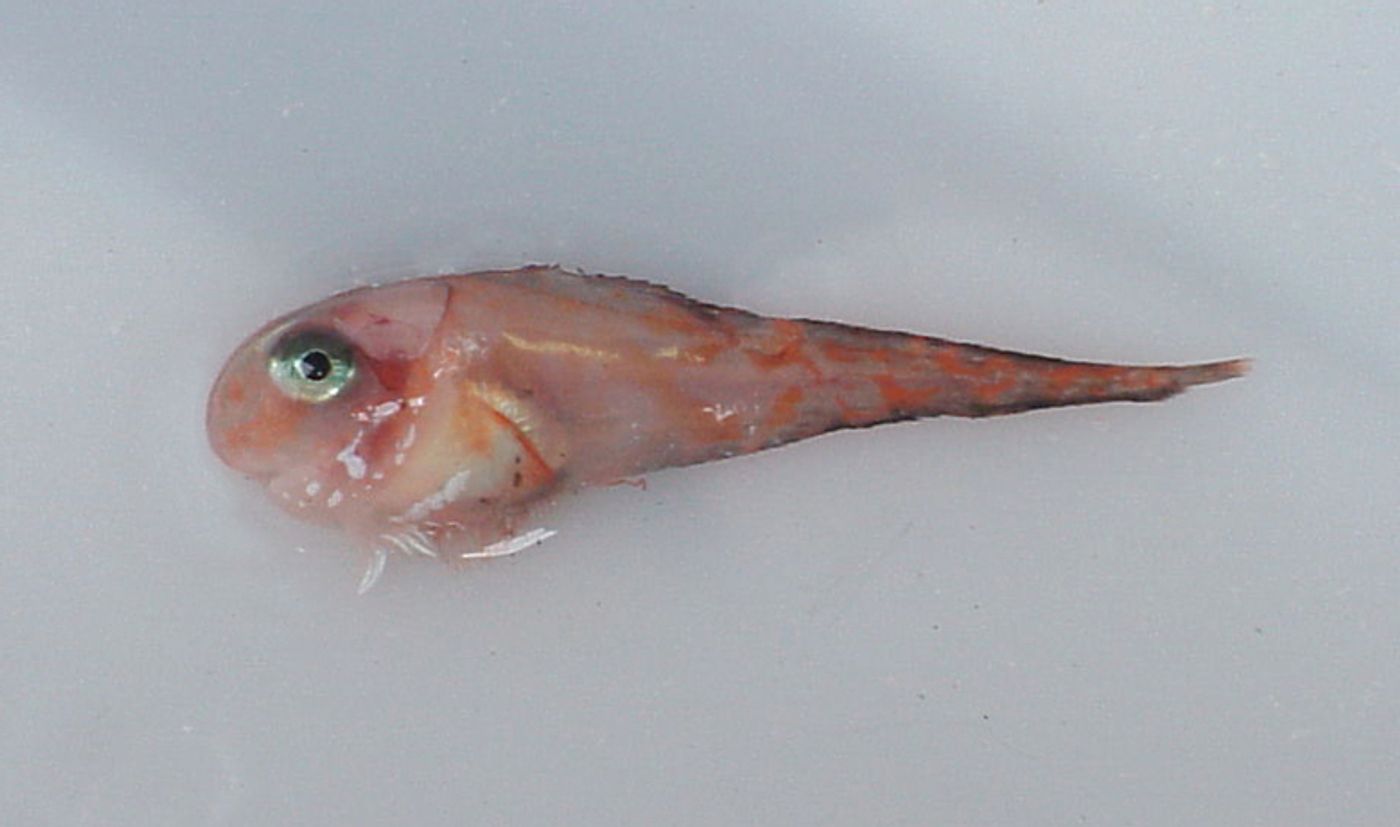Alaskan Oceanic Survey Leads to Discovery of New Types of Soft-Bodied Fish
During a survey of the ocean waters surrounding Alaska, scientists from the National Oceanic and Atmospheric Administration (NOAA) were in for a surprise when they discovered new kinds of soft-bodied fish during the process.

Image Credit: NOAA Fisheries/Alaska Fisheries Science Center
They were snatched from the depths of the ocean during routine surveying that called for the use of trawler nets, which are massive underwater nets that just barely scrape the ocean floor behind a moving boat to capture fish from some of the deeper regions of the ocean.
The survey was intended to better understand the population trends of cod, which are important for commercial fishing because of how commonly they’re caught as a source of food for mankind, but the net inevitably caught some other things as well.
Among those “other things” were apparently a couple of new types of snail fish, a type of fish that are soft-bodied, rather than scaly like most other kinds of fish.
Snail fish are very mysterious creatures and we know very little about them. On the other hand, we do know that they can be found almost anywhere in the ocean, whether it’s shallow or deep, so the finding of the new snail fish species up to 23,663 feet below the ocean’s surface isn’t that much of a surprise.
Biologist Jay Orr, who was on-board the research ships during the survey, noticed the strange fish right off the bat when the net came back up. Along with his colleagues, he notes having discovered up to 14 new types of snail fish. Orr even believes that they’ve only scraped the surface of discovering the many new snail fish types that may be lurking in our oceans.
“I sort of knew what I was looking for and what was known out there,” Orr said. “The first ones that came up, I saw them right away and said, ‘We don’t know what these are. These haven’t been named.'”
“I suspect we are just scraping the top of the distributions of some of these deep-water groups,” he continued.
Many of those that had been pulled up in the trawler net had very odd and unique qualities to them. His report details some that were missing a sucking disc that is common in snail fish; others had odd bones in their heads, larger lower jaws, and even different body parts that many other known snail fish do not have.
Understanding the existence of such strange and misunderstood creatures is an important puzzle piece to understanding the way the ocean ecosystem works.
Orr will now have to spend time trying to name all of the unknown types of nail fish.
Source: Associated Press








